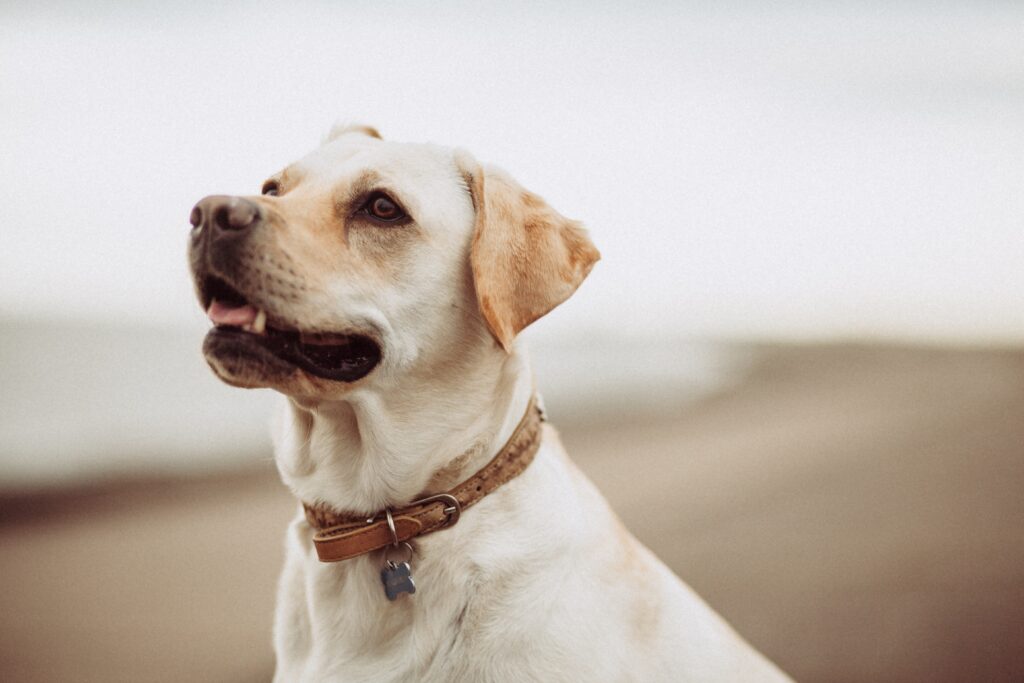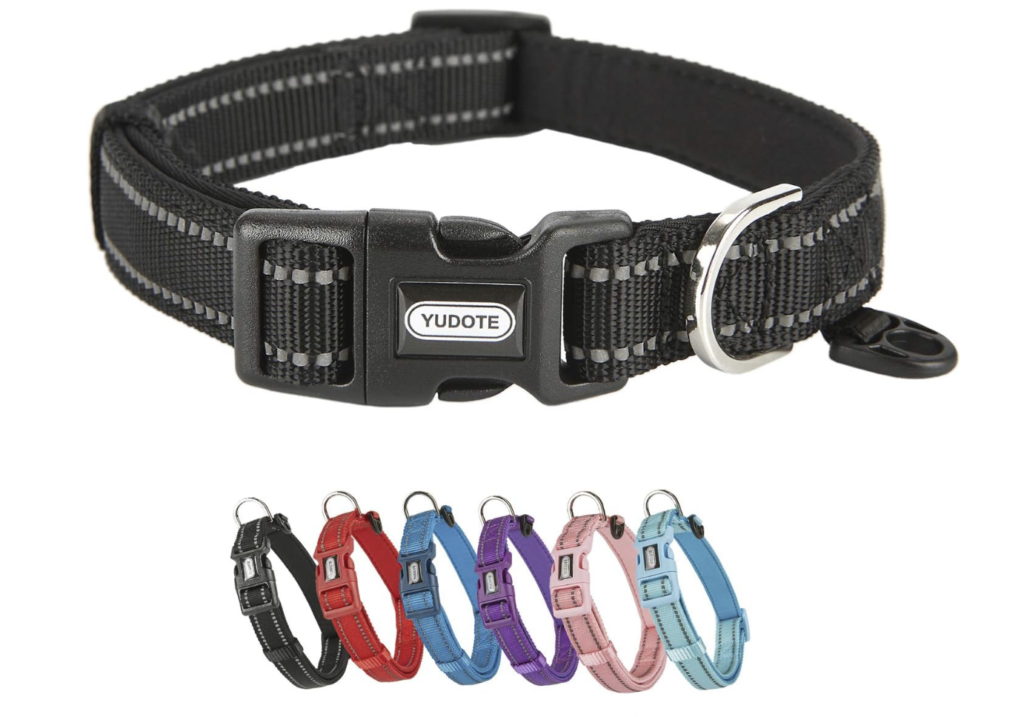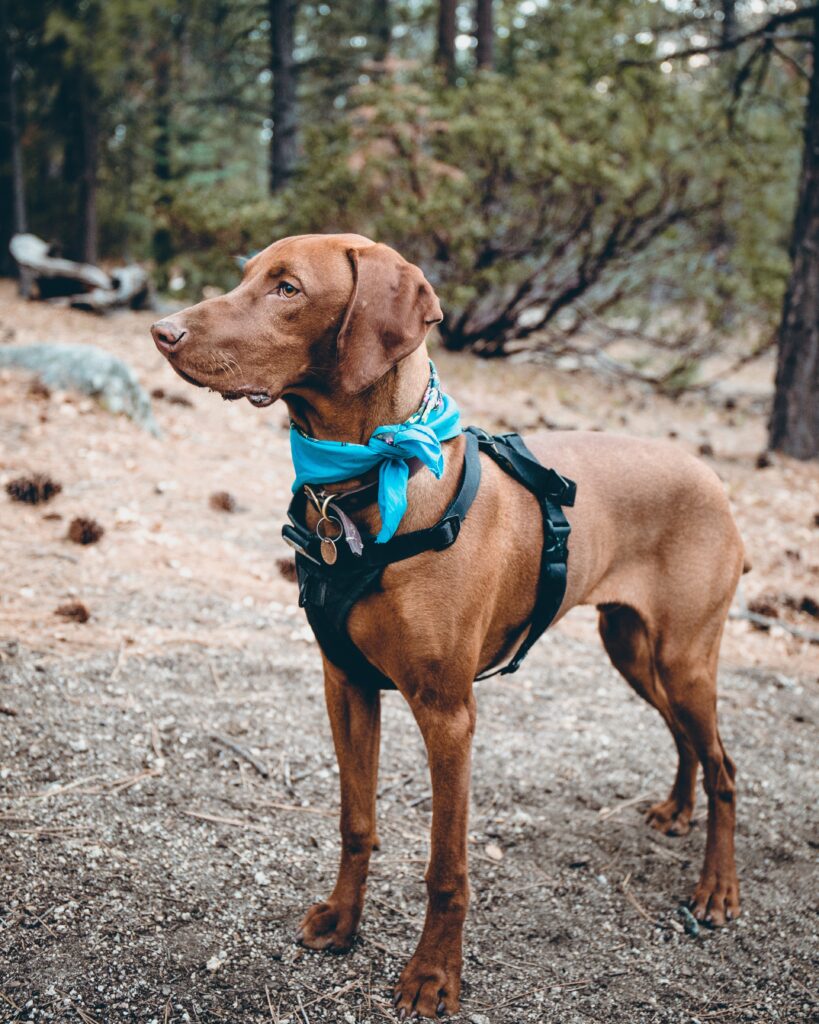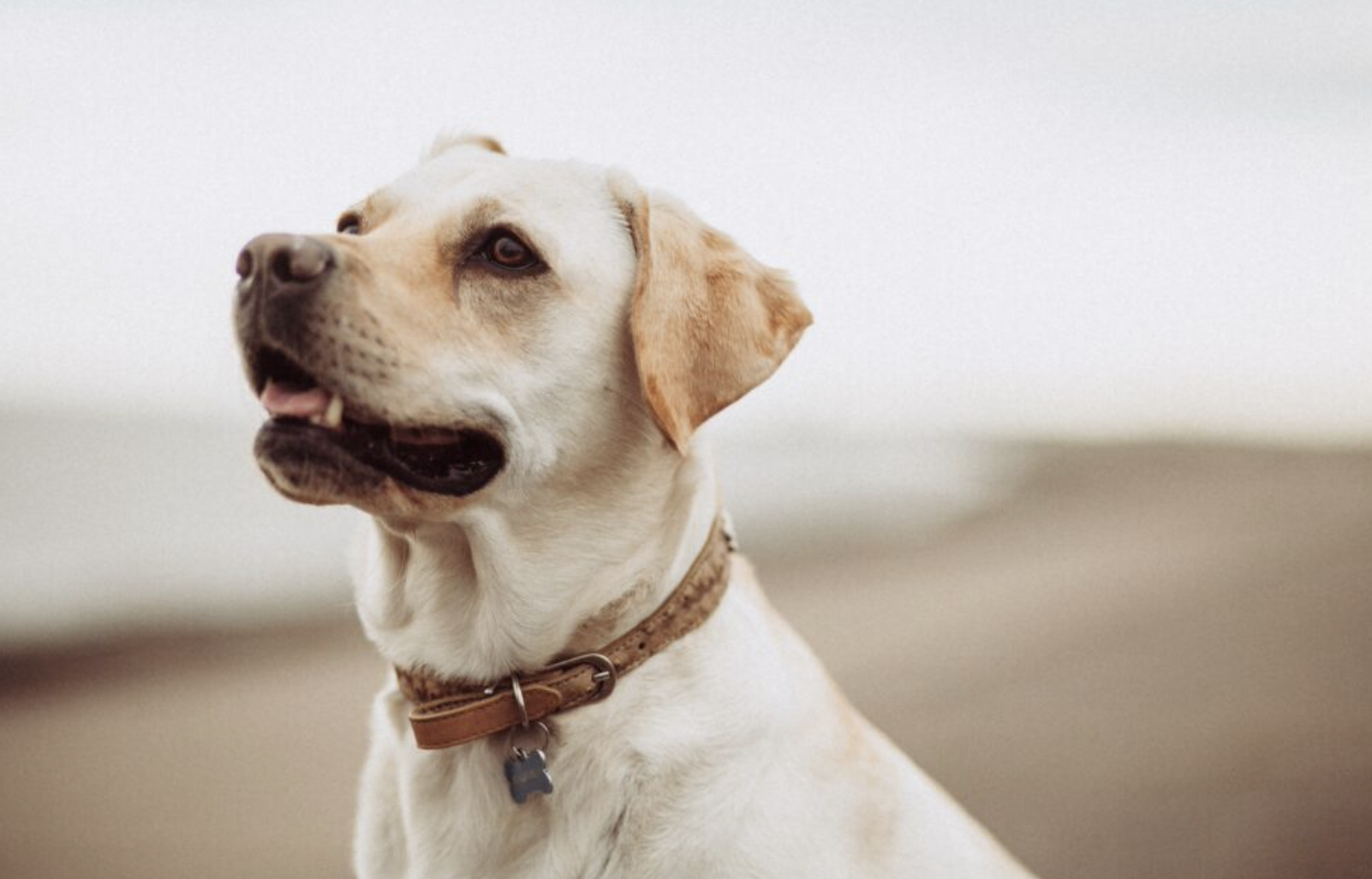
Did you know that there are huge differences between dog collars and dog harnesses? Both have the same functionality requirements; however, dog collars and dog harnesses have significant differences to health and comfort of the dog. Both accessories have positives and negatives, and it can be difficult to make the correct choice for your furry friend. This blog post is here to help you make the best decision.
Thank you for reading this post, don't forget to subscribe!Dog Collars
Dog collars are the most common choice out of dog collars and dog harnesses.
Advantages of Dog Collars


Convenience
A dog collar is much easier than a dog harness, with the ease of slipping a collar on around the neck and option to leave a collar on your dog at all times.
Safety
Additionally, dog collars are designed to have a dog tag placed on them. This means if your dog accidently escapes from your garden or gets lost on a walk; all your information such as a phone number can be easily identified.
Training
Dog collars compared to dog harnesses are better at training puppies and adult dogs as they give the owner more control. Dog training collars are not to be confused with dog shock collars, which should not ever be used! Shock collars cause the dog pain and can only further aid the development of bad behaviours. Experts have strongly advised to not use shock collars.
Disadvantages of Dog Collars
The biggest disadvantage to collars is the damage it can cause to your furry friend’s neck. If you have a dog that likes to pull on walks, then this can cause strain and damage to the neck area. In the long run, this can reduce airflow which creates long term health problems. It is advised to not use dog collars on certain breeds. These are pugs, french bulldogs and boston terriers due to their delicate airways and existing breathing problems. Any flat faced dog breed should be wearing a harness over a collar.
Additionally, dog collars are much less secure than harnesses with many dogs being able to wriggle free from collars. If your dog is always trying to get their collar off, then switching to a harness is recommended.
To combat the dog collar challenges, many owners have a dog collar for in the house in case of emergencies and escapes, but for walks use a harness.
Finding a Dog Collar!
Picking a dog collar can be tricky. The best way to ensure your dog’s comfort is a soft material and adjustable so the collar is not too tight or too loose. This dog collar is padded as well as adjustable. The collar is also reflective for safety reasons and has a place for a dog tag to be added. The collar comes in a variety of sizes and colours to choose from!

Dog Harnesses
Overall speaking, dog harnesses are comfier on a dog due to not sitting on the neck area. If your dog pulls on walks regularly, a dog harness is less likely to cause injury and discomfort. A dog harness covers a dog’s shoulders, back and tummy area which causes less pressure than a dog collar. However, dog harnesses can restrict movement.
Advantages of Dog Harnesses
Health
As mentioned previously, dog harnesses are much better for your dog’s health due to not sitting on the neck area. This eliminates a chocking risk and causing any damage to the neck area.
Versatile
Dog harnesses can be used for a lot more functions than dog collars. Many harnesses have multiple places to attach a lead depending on your dog’s preferences, as well as being able to attach to seatbelts in cars or in cages to keep them steady. If your furry friend loves to hang out the window of a moving car, securing them with a harness is the safest way for them to enjoy this.
All dogs can wear harnesses
Unlike dog collars, all dogs are suitable to wear a harness.


Disadvantages of Dog Harnesses
- Comfort: Many dogs can find harnesses uncomfortable and irritating. This can also lead to harnesses being more difficult to put on, especially if your dog does not like them. Additionally, it can be difficult to find a harness that fits your dog’s body perfectly. As dogs come in many shapes and sizes, it may take some time to find the right one for your furry friend.
- Convenience – Dog collars are much more convenient to put on, with harnesses being quite tricky. You will definitely get a good workout trying to put your dog in a harness!
Finding a Dog Harness!
Finding the right dog harness is a much tricker process than finding a dog collar.
Measure your dog – If your dog is still growing, hold off getting an expensive harness. However, once your dog is fully grown; taking their measurements will help you to find a harness that fits the best.
Reviews – Make sure to read lots of reviews online as this is the best way to gauge how good or bad a product is. Specifically look for comments on comfort, safety, and quality.
Pet stores – Visiting a pet store such as Pets at Home will allow you to try different harnesses on your dog. This can give a good idea of what brands work well for your dog breed and what does not.
Returns policy – Ensure the harness you purchase has a returns policy. Trying a harness on in store and on an hour-long walk is a different story! This will allow you to return if there are any issues and can try again with a different harness.
Blog Posts
We now hope you have more information to make the right decision for your dog regarding a dog collar or dog harness. If you want to find out more about all things dogs, check out our other blog posts!

